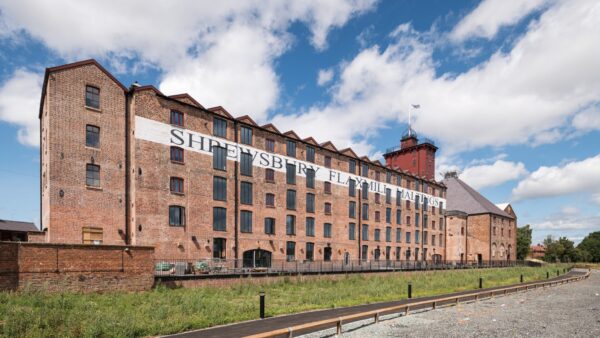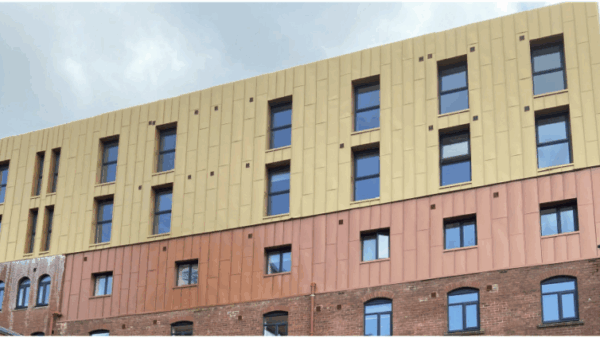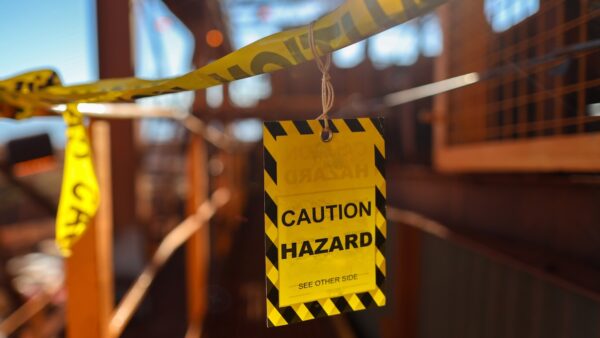
Dame Judith Hackitt has expressed “serious concern” over a lack of take-up by the construction industry of tools and frameworks that have been developed to make high-rise residential buildings safer following the Grenfell Tower disaster.
Hackitt’s comments came in the third annual report from the Industry Safety Steering Group (ISSG), formed in 2018 following the publication of the final report of Hackitt’s Independent Review of Building Regulations and Fire Safety, Building a Safer Future.
Over the past three years, the ISSG has met every three months and engaged with parts of the supply chain that deliver residential high-rise buildings in a bid to drive culture change.
But Hackitt said there was a “mixed picture” in terms of the industry’s response, with some organisations making “excellent progress” while others are “holding back” until they see more detail and are required to make changes as a result of legislation.
Hackitt said: “It has been crystal clear to many of us from the outset that legislation alone will not deliver the outcomes we are looking for. The culture of the industry itself must change to one which takes responsibility for delivering and maintaining buildings which are safe for those who use them.”
Hackitt highlighted the “huge amount of work” undertaken by third sector bodies in the sector to drive change, including work by the Considerate Constructors Scheme to establish the Building a Safer Future Charter and working with the Construction Products Association on the Code for Construction Product Information.
But she warned: “The lack of take-up of these vehicles is a serious concern. To date only a small number of the usual players have committed to be part of the Building a Safer Future Charter and all that it entails and we have heard repeatedly that there is a low level of demand for training despite the well-known issues around competence across many key disciplines.”
Hackitt challenged key players in the construction industry to make a “significant intervention… to stand up and demonstrate leadership”.
She added: “We also want this to coincide with government setting clear and unequivocal expectations through public procurement. The key message must be that we need to go further and we need to go faster, ahead of legislation. It is time to differentiate between those who are ready and willing to do the right thing and lead the way and those who continue to try and hide.”
Commenting on the report, Eddie Tuttle, director of policy, external affairs & research at CIOB, said: “The Chartered Institute of Building has been actively engaged in raising standards and promoting best practice in building safety, for its members and wider industry, and will continue to work with industry and government to bring about the culture change that is needed, as well as developing the required competency standards for the duty holder roles under the upcoming Building Safety Act.”
Government response
In a letter responding to the latest ISSG report and Hackitt’s comments, building safety minister Lord Greenhalgh said: “I agree that it is disappointing and unacceptable that those remain the exception rather than the norm. Significant parts of the industry are failing to do the right thing by residents and we must protect leaseholders from facing the burden of decades of industry failure.
“It is right that the industry – particularly those firms who wield significant influence over the supply chain – must go further and faster to regain public and market confidence. They must do this by taking responsibility for remediating safety issues in existing buildings and by changing practice and norms to make safe and high-quality buildings in the future.”
Greenhalgh’s comments came on the same day (10 January) that housing secretary Michael Gove announced that developers would have until early March to agree a fully-funded plan of action to remediate unsafe cladding on buildings of 11m-18m in height – with a bill estimated to be £4bn.
Gove warned that he would take “all steps necessary” to make the plan happen, including restricting access to government funding and future procurements, the use of planning powers and the pursuit of companies through the courts.
Meanwhile, Gove also announced that leaseholders would not have to pay to fix unsafe cladding on their properties. Under a four-point plan, the next phase of the £5.1bn Building Safety Fund will prioritise remediating buildings most at risk, while a new team is being established to “pursue and expose companies at fault” making them fix buildings.
Gove said the government would indemnify building assessors from being sued and withdraw advice “that prompted too many buildings being declared as unsafe”.
Comments
Comments are closed.












I can’t help thinking that privatising Building Control to make them commercial has a lot to do with falling standards – wasn’t this Government Policy? and don’t they therefore carry at least some responsibility?
‘Dame Judith Hackett shocked by some practices’. Hardly surprised though. ‘Mixed picture’? The industry needs to get its act together, as demonstrated by Michael Gove in parliamant, condemning us. The government is not going to ‘take the rap’ for the kinds of practice which have characterized the construction industry and continue four years on from Grenfell! Shame on us all. I look forward to seeing and hearing of CIOB ‘banging on’ on radio, TV etc for the highest construction quality, safety and standards.
A simple BS needs to be drafted and then adherence enforced via certification without certification there can be no final building control certificate
I work extensively with building control; buildings that are over 18 m should have two stairs, ventilated vertical escapes and fire glazing on the stair included exterior windows. Buildings that that have already been fitted with more flammable cladding could have special measures within Approved document B2 a number of compensatory measures could be introduced; sectional simultaneous phased alarm after 20 minutes, retro fitted cavity barrier to each floor, around windows and 1.8 each side of escape stair, active misting of common areas along with AOV and fire glazing to vertical core. Clear denoted drawings for fire stopping locations.
I believe it’s a fundamental problem.Architects should be respected in their profession and they should have ultimate responsibility for Design,Specification,Drawings and BIM.Contractors should build everything from these, and with no contractor design portions being allowed and totally excluded. Bills of Quatities produced exclusively by Chartered Surveyors, with no Value Engineering exercises, carried out, other than exclusively by themselves.All contractors will tender on full pre contract information, Contractors own estimators will have no brief in carrying out alternative options, there will be afforded proper and realistic tender time schedules, and construction programming will be stated and correctly calculated, in the tender documents.No subsequent target programme or goal setting will be used, by any contractors will be allowed in their tenders, or used to influence and persuade client preference. We need to move away from all dividing liabilities that is the current norm. Detail,more detail and full pre contract detail, first and foremost ,should be the “maxim”; only then can we achieve safe buildings
Has there ever been anything published on how the fire started on the first place? I heard something at the start but nothing since. I